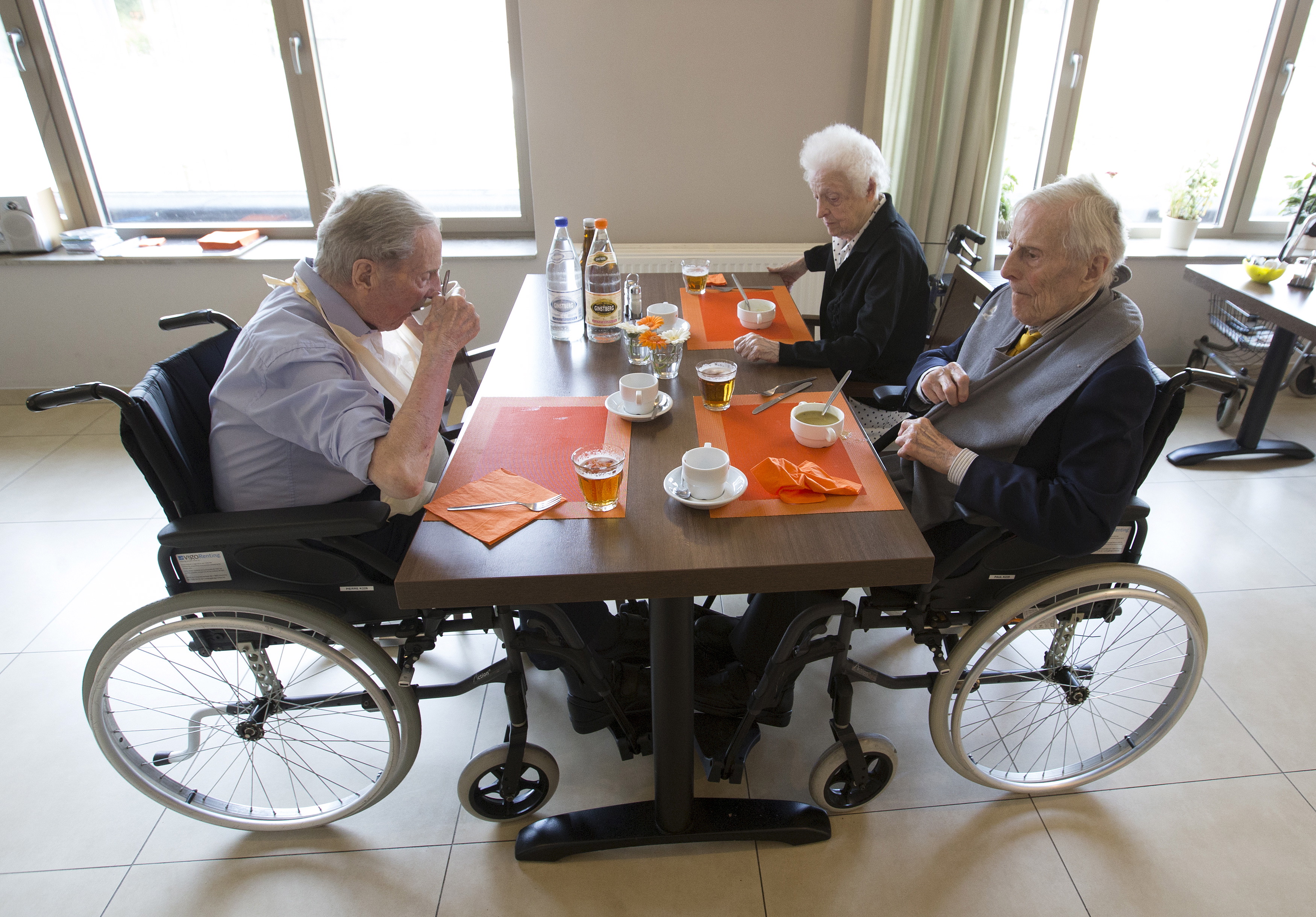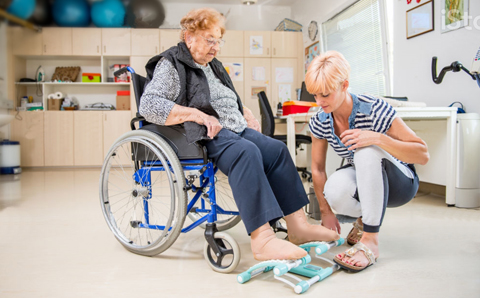
It is not so rare to survive beyond age 100 now and so few people are being recognized for that event. Also, invariably, that person being recognized was in a nursing home. It used to be a novelty for someone to survive to age 100 and oftentimes that person was recognized in the community. The number of people who survive beyond age 85 is expected to increase dramatically over the next 20 years. This trend probably explains why the number of nursing home residents has not increased significantly over the past 10 years whereas the number of elderly has increased remarkably over the last decade.įrom the second chart below, note that over half of all nursing home residents are 85 years and older. It seems that the elderly are finding alternatives to the nursing home until their health gets to a point where the nursing home is the only option for care. Recent studies on nursing home populations reveal that both the age of residents and their need for medical help is increasing. In addition, many of these people, whether they are short-term or long-term residents, have medical needs as well.

The first chart below shows that virtually all residents of nursing homes need assistance with activities of daily living. The average stay for elderly patients who die in a nursing home is just shy of 2 years. For every 100 elderly patients in a nursing home in a given year, 35 will die and another 37 will be admitted to a hospital where they may die, recover or return. These people will either die in a nursing home or be discharged to a hospital where they will die or return to a nursing home or hospice to die. Many of these nursing home residents are considered long-term care patients - they will never recover or stabilize to the point where they can take care of themselves and go back home. These residents may suffer from a wide array of physical or mental disorders or they may simply be feeble and unable to move about, bath themselves or provide their own meals. Most are in care because of physical needs that require help from the nurses, aides or physical therapists on a nursing home staff. Nearly one-half (48.2%) of all residents were admitted from a hospital or health care facility other than a nursing home or assisted-living-type facility, and 65.3% of all residents had some kind of advance directive (SOURCE: National Nursing Home Survey: 2004). (Typically called long-term care patients)Ībout 88% of the 1,500,000 US nursing home residents (in 16,500 facilities) are over the age of 65. Holding Facility for Chronically ill and Terminal Patients The occupancy rate was 86.3% (SOURCE: National Nursing Home Survey: 2004). In 2004, there were 1.7 million nursing home beds (about 108 beds per home) in the United States, compared with 1.9 million (about 105 beds per home) in 1999.

Of course, those leaving will be replaced by about 38 new patients needing care. But in any given year, a large number of acute-care Medicare patients as well as some private-pay and private insurance-pay will cycle through US nursing homes on their way to recovery.įor every 100 elderly patients in a nursing home in a given year, 38 will recover or stabilize so they can be discharged. In 2004, at any given time, only about 12.7% of nursing home residents were being covered for their stay by Medicare rehabilitation, and their average stay was only 23 days. When these patients are admitted from a hospital, Medicare will cover the cost. Nursing homes provide a cost-effective way to enable patients with injuries, acute illnesses or postoperative care needs to recover in an environment outside a hospital. US Median Daily Rate: $206 (2010, Semi Private Room.
Nursing home free#
This material - " Guide to Long Term Care Planning" - is free to the public for downloading and printing on all of our web sites. With that goal in mind, we have created the largest and most comprehensive source of long term care planning material available anywhere. Guide to LTC Planningįrom its inception, the goal of the National Care Planning Council has been to educate the public on the importance of planning for long term care. Click here to learn about the benefits of membership. Join the NCPCīecome a member of the National Care Planning Council.

All elderly people, regardless of current health, should have a long term care plan. Each article is written to help families recognize the need for long term care planning and to help implement that planning. The NCPC publishes periodic articles under the title "Planning for Eldercare".

Find books provided by the National Care Planning Council written to help the public plan for Long Term Care.


 0 kommentar(er)
0 kommentar(er)
